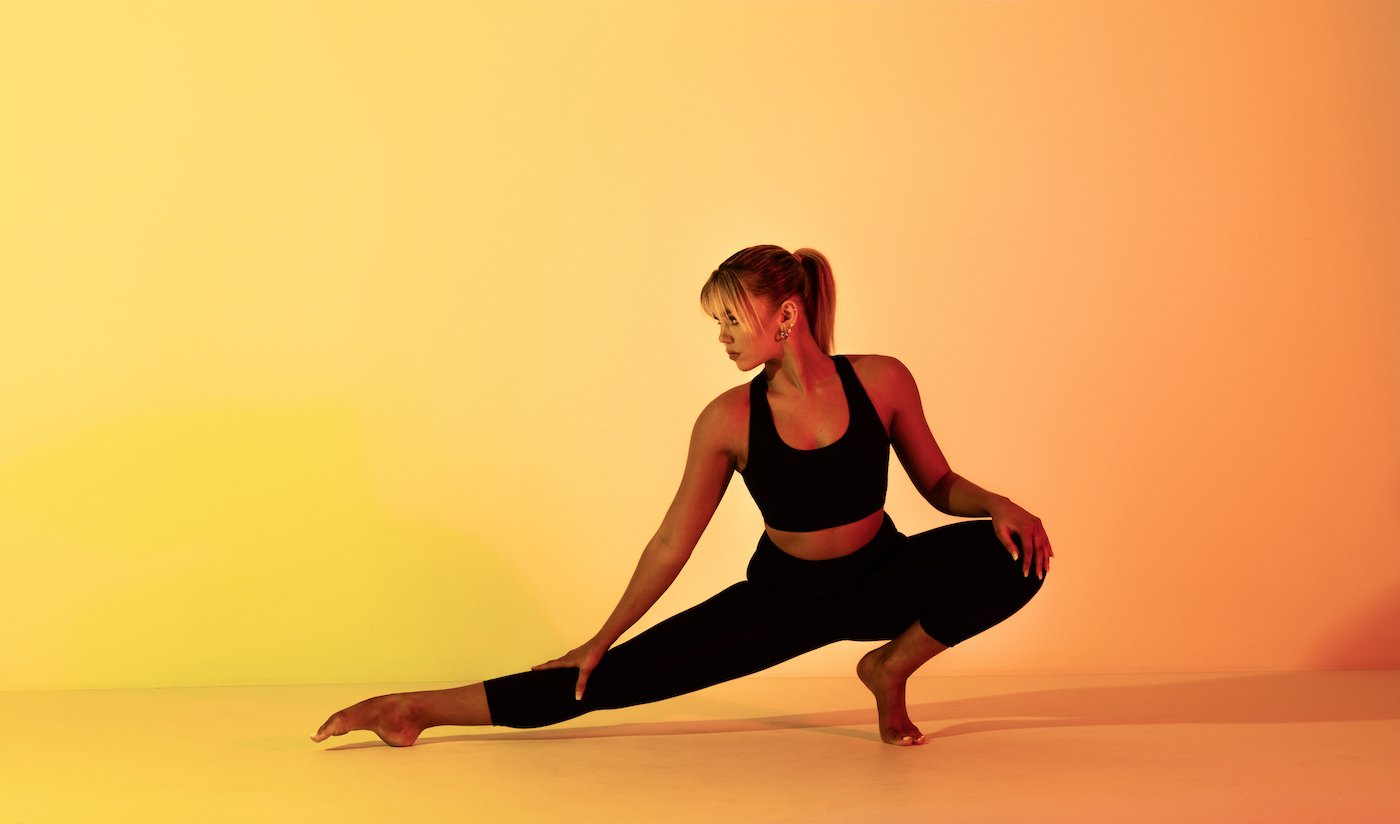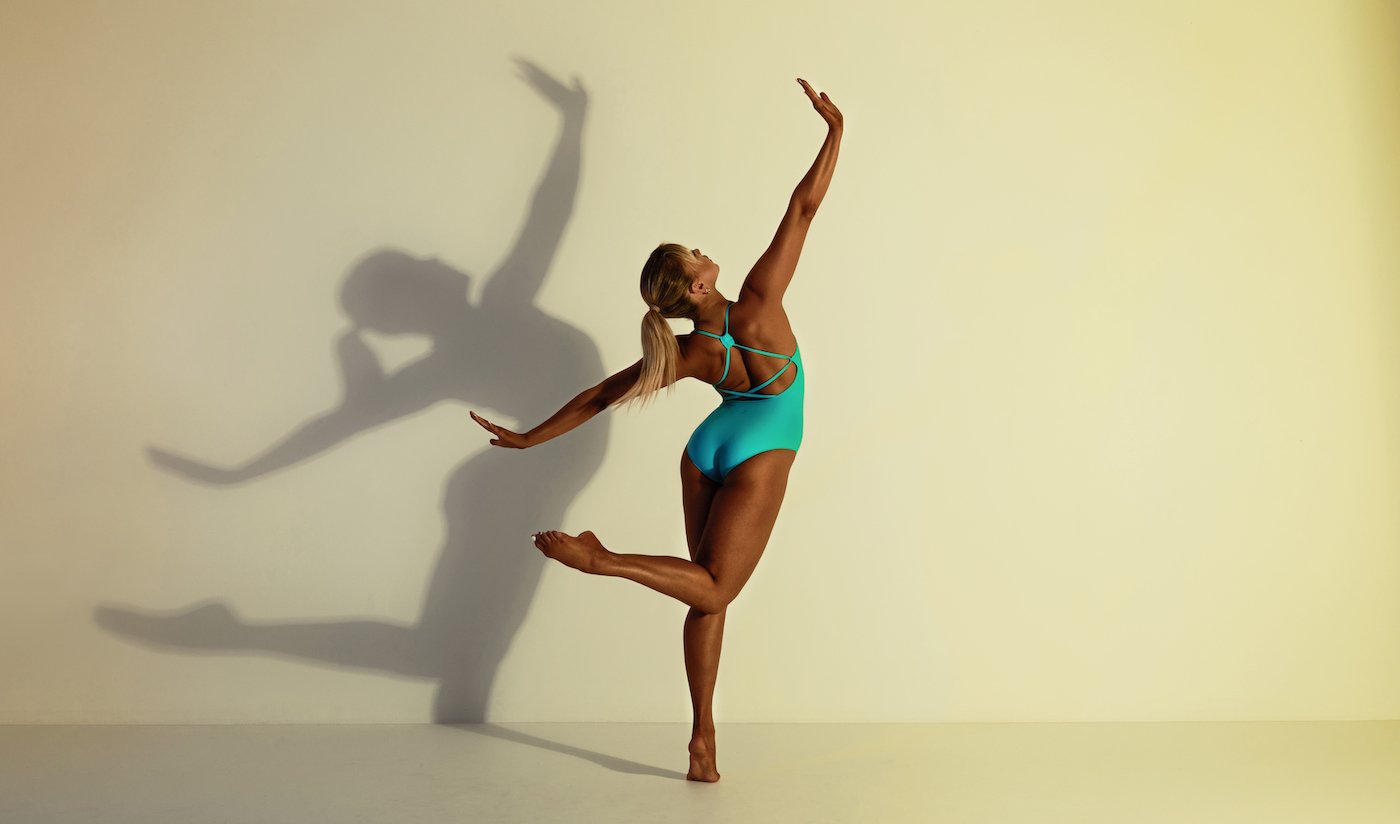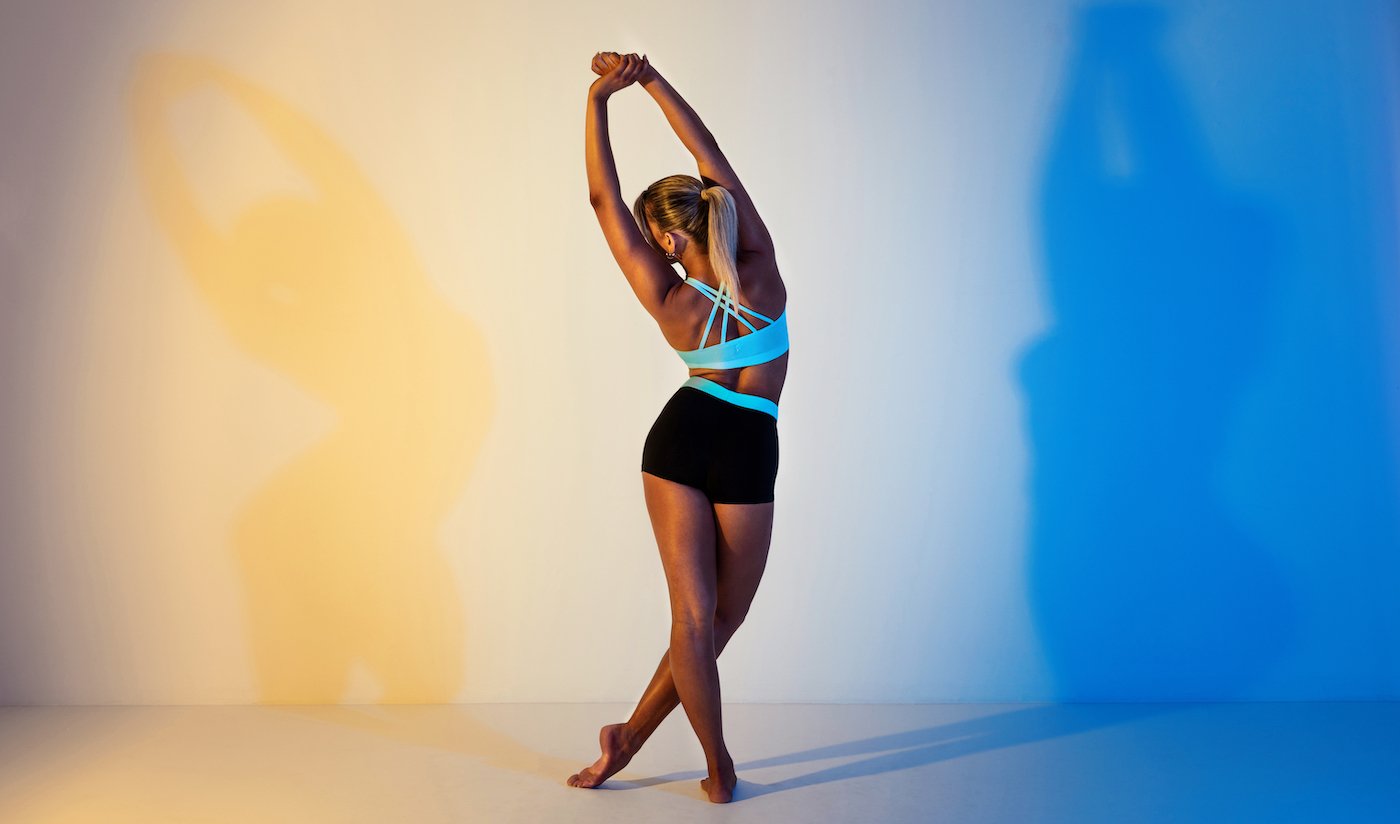The Benefits of Pilates for a Dancer
As dancers are aware, specific muscle groups and body parts require continuous use, not only when in the studio but throughout day-to-day activities. Have you ever wondered how a pirouette or straddle jump appeared so effortless? Our answer is with great dedication, time, focus and strength built through dance or exercise. Pilates is a form of physical activity that can target different areas of your body and have an array of benefits for dancers and those in recovery. The next time you’re wishing to pursue a new fitness outlet, consider some of the positives obtained from pilates that we’ve listed below!
FIRSTLY, WHAT IS PILATES?
Joseph Pilates formed pilates in the 20th century when it acted as a way of decreasing the chance of injury, building strength and became a rehabilitation method. When Joseph’s first studio in New York was formed, dancers were one of the performers who joined. After he worked alongside George Balanchine, the founder of The School of American Ballet, dancers became intrigued by his craft and were eager to learn more about how the body functions. Today, pilates is not only open to performers but to the public.
Its purpose is to enhance the coordination of breath and movement. This type of exercise is low impact on joints and involves a fluid approach to movement. Unlike other forms of physical activity, pilates focuses on toning muscles as opposed to gaining muscle. One of its main purposes is to strengthen the core that with time will impact body alignment and balance.
Joseph Pilates assisting a client.
STRENGTH
There are several alternative fitness routes that people use to build strength such as weight training. While weighted objects; dumbbells and pilates toning balls, are typically used within a pilates class, you will begin to notice that your own body weight has the greatest impact. Whether it be through planking or pulsing, you have the ability to build muscle using selected body parts for example your calves, thighs, core and triceps. This also becomes apparent for mat pilates as your body doesn’t rely on straps or weights. Often dancers are told to squeeze their gluteus maximus and engage that core (whilst remembering to breathe!!). Why? Well, no matter what style of dance you study, core strength is the foundation to the execution of strong movements. Fun fact: your core doesn’t just refer to your stomach, it extends out to your hips, obliques and back. As well as this, to achieve that gorgeous relevé, calf rises along the footbar of a reformer not only tones those legs but gives you greater range when rising.
Joel wears the Alpha Legging in Midnight Blue from the Coda Collection.
BALANCE
If you’re concerned about perfecting your arabesque or simply wanting to maintain your balance throughout your contemporary piece that requires much determination and stability, pilates can assist you. At times, several unfamiliar positions are performed in pilates meaning you need to find your balance. A tippy bird lunge can definitely cause you to feel wobbly, but just like dance, there are ways of preventing those tumbles or slips. To build greater range when dancing, executing different foot positions along the footbar of the reformer machine forms balance around the pelvic and hip joint. Performing exercises on one leg or doing alternate arm and leg raises on the mat also enables you to boost your balance with the help of your core. Another big contributor is focusing on an object in the room as opposed to a moving subject. Moreover, you want to engage those abdominal muscles to ensure that you’re prompting your body to align your hips. Finally, go at your own pace as there’s no need to rush the sequence of movements if you feel as though this is an area that may need more practise.
Kyra wears the Karli Camisole in Turquoise.
FLEXIBILITY
Wish to refine those développés? Let’s talk all things flexibility! Flying splits and exercises with legs in straps are a game changer on the reformer. Movements like these activate those inner thigh muscles and force you to control the transfer of weight from, for instance, the floor to your leg extension. As dancers are aware, one can’t simply turn the flexibility switch on at the drop of a hat (although wouldn’t it be great if this was the case!). Instead, repetition and the willingness to learn provides the individual the ability to perform their best. Having the opportunity to lengthen muscles and increase your range of motion lowers the risk of injury. In addition to this, stretching and warming those muscles up prior to class can have a positive impact by making results more noticeable.
Kyra wears the Iris Camisole and Alice Skirt in White.
POSTURE
More often than not you will perform a selection of pilates exercises either standing or seated. One might be required to engage their arm muscles whilst seated upright on the sitting box with hands in straps or while standing sideways on the reformer with the pelvis tilted forward and a leg extended out on the carriage. If your back, glutes and abs are strong, it will be easier to maintain alignment throughout your body. These types of exercises reinforce your technique by rolling shoulders back, keeping our eye gaze ahead of us and tucking our buttocks in so we’re channelling that dancer mindset. By participating in pilates classes, posture will become second nature at the barre in no time.
Kyra wears the Roxy Crop Top and Lydia Contrast Short in Turquoise.
WHERE TO BEGIN FROM HERE
For those looking for their next exercise adventure, try delving into the world of pilates as it’s suited to all; injured, recovering or pregnant. There’s no need to doubt whether you’re capable of joining a pilates class as you not only have your pilates instructor there to support you, but can select different levels of resistance on the machine depending on the spring option. Likewise, there are diverse progressions offered in classes so you can train in a way that is best suited to your body. These can provide multiple advantages that can improve overall body conditioning. Depending on how your body feels, it’s worth attending one of the classes available; reformer pilates, mat pilates, pre or post natal pilates and/or clinical pilates to see if they’re the right fit for you.
Sources:
Benefits of Pilates for dancers
Everything You Want to Know About Pilates
10 Reasons Pilates is Important for Dancers
Article by Lara Divitcos
Photography by Elly Ford










